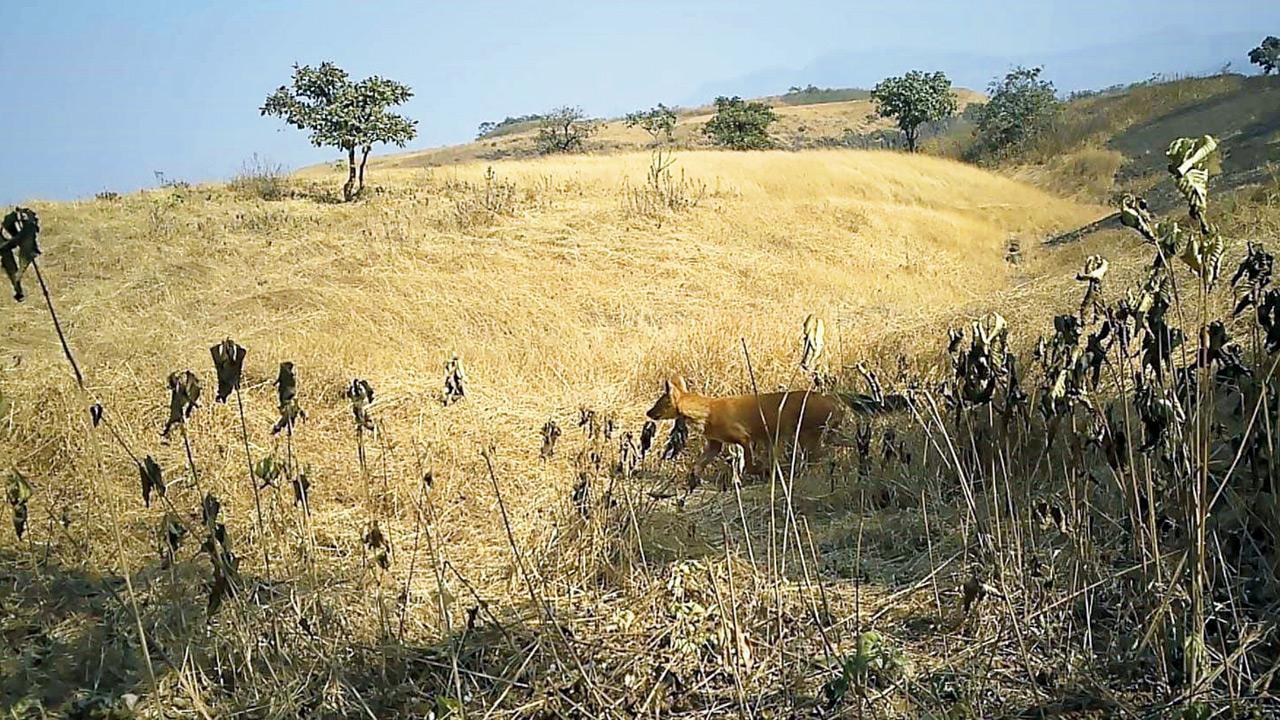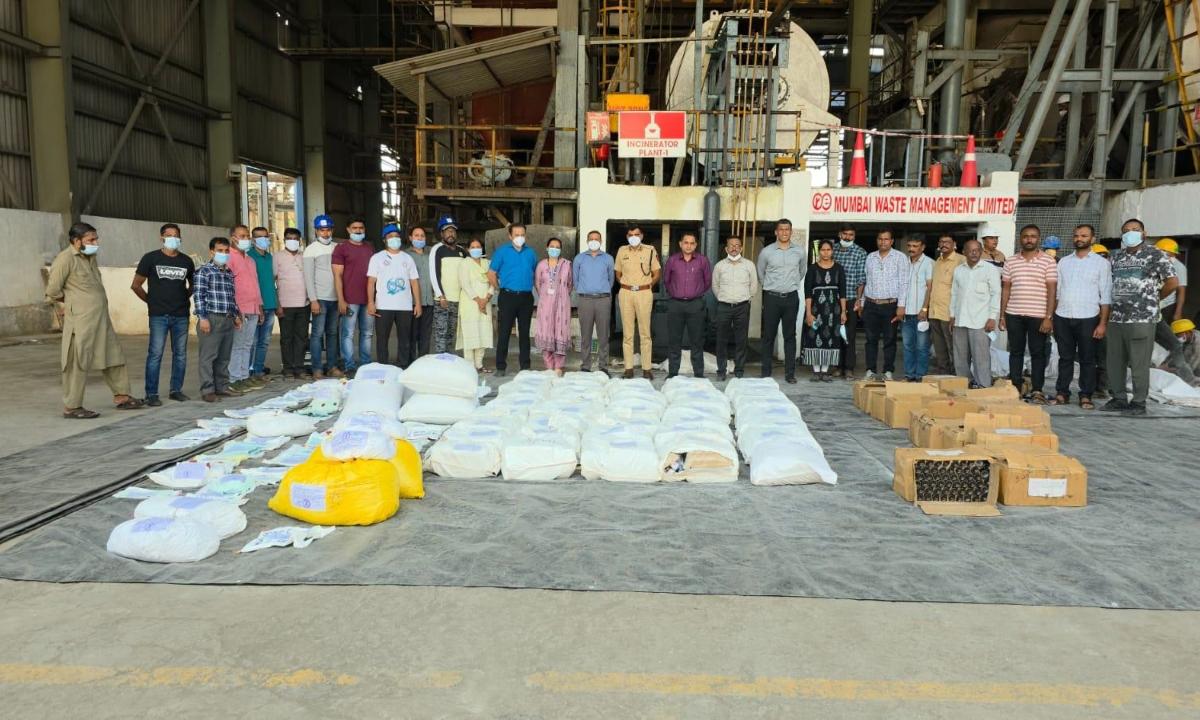Researchers from the Wildlife Conservation Trust (WCT) and Shillim Institute have documented an expansion in the range of the endangered Asiatic wild dog, also known as the dhole, into the northern Sahyadri range. Recent evidence, including photographs, confirms the presence of these elusive predators in the Pawana Dam catchment area in Pune.
This discovery suggests a positive trend in the species’ distribution, indicating that wild dogs are gradually reclaiming parts of their historical range in the region. It may be noted that Pawana reservoir, formed as a result of a dam built across the Pawana river in 1973, is a popular tourist spot in Maharashtra’s Pune district. Situated within the northern Western Ghats, the reservoir’s catchment area encompasses a complex landscape with multiple land uses. Earlier this year, WCT had initiated a preliminary eco-hydrological assessment of the Pawana catchment landscape with support from the Shillim Institute.
Conservation Biologist Girish Punjabi from the WCT and member of the IUCN Dhole Working Group said, “A key outcome of this survey was the first confirmed photographic documentation of the dhole (Cuon alpinus) in the Pawana catchment forests. While the species is known from various parts of the Western Ghats, this record is particularly noteworthy as it extends the documented range of dholes in the northern Western Ghats of Maharashtra.” Punjabi also told mid-day that dholes need well-connected habitats for survival and functional corridors for movement, as noted in several studies.
“In the northern Western Ghats landscape, the nearest source population of dholes is present in the Chandoli National Park and Koyna Wildlife Sanctuary, within the Sahyadri Tiger Reserve. This finding provides photographic evidence of the dhole approximately 100 km north of its source population. Additionally, direct sightings of the dhole by local naturalists on an earlier occasion suggest that this area could be a crucial corridor between the Tamhini and Bhimashankar Wildlife Sanctuaries,” said Punjabi.
He continued, “There have not been any confirmed records of dholes from Bhimashankar since WH Sykes, a British naturalist, noted their presence in 1834 (Sykes 1834).” The camera traps installed also captured images of potential prey species such as the barking deer, wild pig, sambar deer, and mouse deer. Researchers believe that this highlights that the region harbours multiple threatened mammalian species. However, significant fragmentation of this habitat due to extensive human infrastructure underscores the threats faced by this ecosystem, as a substantial portion of the forest in the region is under private ownership.
The dhole belongs to the Canidae family and is classified as `endangered` on the IUCN Red List, with populations under severe pressure due to shrinking habitats, prey depletion, and conflicts with humans and domestic animals. The species is also listed under CITES Appendix II, which restricts its international trade. With an estimated global population of only around 2000 mature individuals, the sighting of a dhole near Pune is a significant observation for the species` conservation in the region.
WCT President and CEO Dr Anish Andheria said, “Findings from long-term scientific studies, such as those conducted by the WCT, should serve as the foundation for designating Conservation or Community Reserves in collaboration with local communities. This process will greatly contribute to ensuring the survival of wide-ranging species like the dhole within this highly biodiverse yet heavily fragmented landscape.”











